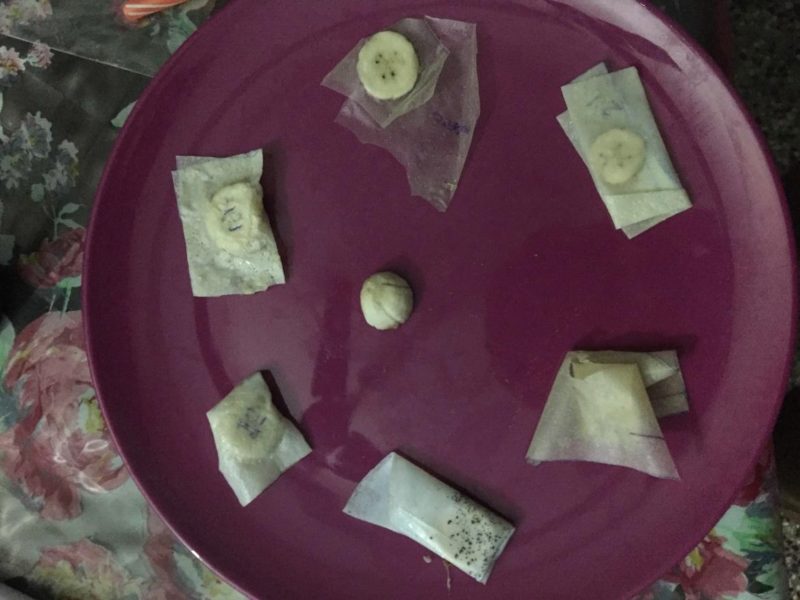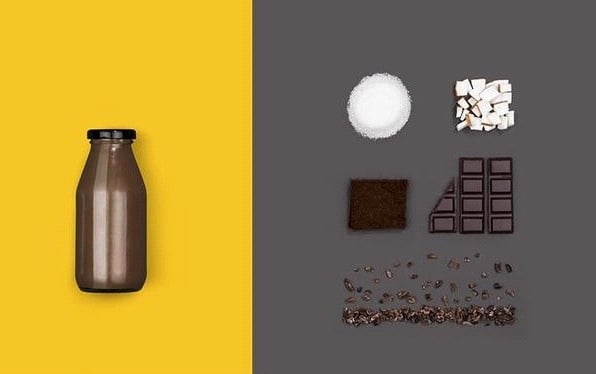Editor’s note: #DesiSTEMinist is a campaign to celebrate women in the field of STEM and highlight their contributions.
Whenever I introduce myself as a food technologist, the general response is “Oh, so you work at a hotel?” It hurts to see that as Indians, coming from a land rich in soil and resources, we are ignorant about the prospects of such a diverse field. My journey in this field started with a B.Tech course in Food Technology that combines engineering with microbiology.
Being a relatively new area, most people joined the course expecting it to be easier to pursue than other courses. However, we students had our noses to the grindstone through two semesters of purely mechanical subjects such as theory of machines, heat and mass transfer, refrigeration and cold chain, and unit operations in food processing. In addition to theory classes, we were given hands-on experience in handling industrial machines such as fermentation tanks, orifice and venturi meters, ribbon blenders, spray driers etc. in a laboratory set-up. I chose to major in Food Process Equipment and Design. With this training, I was able to design an automatic multipurpose peeler which could peel spherical shaped fruits and vegetables like apples and beetroot more efficiently, with less wastage.
Despite offering a wide spectrum of opportunities, our teachers seemed hardly aware of the scope of food technology. Girls were typically advised to pursue quality assurance jobs which involved start-to-end quality checks of products. On the other hand, boys were encouraged to pursue a career in food industry audits. Unlike the field of quality assurance, these jobs involve frequent travel and inconsistent timings, and hence perceived to be unsuitable for girls.
Girls were advised to pursue quality assurance jobs which involved start-to-end quality checks of products. On the other hand, boys were encouraged to pursue a career in food industry audits.
Nevertheless, conducting audits of the food industry was most appealing to me. To do it, one needs to keep in par with the subject, the science behind each process, and any new regulations that are drafted or released by the Food Safety and Standards Authority of India (FSSAI). It is a field from which one can easily branch out into different sectors of the food industry. It can exposes one to all aspects of its functioning, from farm to fork. Not buckling under the discouragement I received (people told me it was a hard field for girls to achieve success), I decided to pursue this career route after graduation.
It was while I was attending several job interviews that I stumbled upon the start-up company called Grow Fit. The company is led by Vinay Bharadwaj, a neurosurgeon with an alternative take on the food industry. He recommends to his patients a ketogenic diet or the high fat-protein diet for weight loss.

Where does food technology fit in within all this? It provides us with techniques to deal with the changing food demands of the society. The book Accelerating New Food Product Design and Development by Beckley et. al discusses the transition of human diets from the hunter-gatherer diets of our ancestors to the more popular keto diet of the current times with the help of food technology. The diet of hunter-gatherers was protein-fat rich and released energy slowly. But as technology advanced, especially during the World Wars I and II, preserving food became easier and food industries turned towards marketing storable carbohydrate-rich food to serve our immediate pangs of hunger. But unlike food high in fat and proteins, a high-carb diet releases energy much faster, resulting in fluctuating energy levels through the day.
Food rich in sugar and carbohydrates are easier to preserve as there is less scaling up loss. Protein-fat food is just the opposite. Developing a product high in protein and low in carbohydrates would therefore involve the synergism of both science and technology.
During my time at Grow Fit, we were developing a new keto-diet product, a smoothie mix designed to aid weight loss. We added to our product chicory root extracts, also called inulin, which functions as a prebiotic. But by doing so, we found inulin absorbed water and in turn decreased the shelf life of the product. We now had to design a packaging that would extend its shelf life. We had to to cater to each individual food component while keeping in mind certain questions: What are the structures, properties and shelf-lives of the proteins and fats used? What is the cheapest and most efficient way to process it? Would the product require any packaging? Would the packaging react with the product? What FSSAI/CODEX regulations would be needed?
Unlike the field of quality assurance, food auditing jobs involve frequent travel and inconsistent timings, and hence perceived to be unsuitable for girls.
For a start-up company like Grow Fit, manufacturing a product that was high in proteins and fat, with an omega-6 and omega-3 ratio of 4:1, and sourcing extracts that function as carb-blockers or reduce insulin spikes was a big challenge. We started out by formulating products that had the least effect on sugar levels in the human body. By conducting glucometric tests – a test for sugar levels in blood – we were able to determine the right combination of proteins and fat required to keep hunger levels in check.
Since our products are oriented towards weight loss and for clients with specific requirements, we had to make sure that all the ingredients go into each packet in a specified ratio. In this case, the aim was to make a healthy smoothie with the level of sweetness, colour, consistency and ratio of our functional ingredients being consistent in each bottle. The final challenge was to develop a taste and texture acceptable to the consumers by using natural sweeteners and emulsifiers. To nail the right balance, we conducted rigorous rounds of olfactory node tests (that involves an electronic nose like device to detect odours) and viscometric tests (that help measure the consistency of a liquid using an instrument called the viscometer). Once the research and development process of the product was tested and standardised, we began to concentrate our efforts on upscaling or increasing production to a larger scale.
Development and manufacturing products such this smoothie require the skills of a trained food technologist. Ratios of ingredients are crucial in diet protocols and these often get deviated when in the hands of untrained professionals. For example, our high-fat product required a specialised grinder called a cone-ball grinder which only a skilled person can handle. Similarly, a food technologist has a good understanding about the different properties of food and so can pair them up with mechanisms or techniques that reduce manual labour.

Whether while producing a ketogenic product or draft beer, it is science and technology that brings a product together. New food product designs are constantly generated, but keeping the product quality consistent is a challenge. Take the case of Kombucha or tea mushroom, a variety of fermented, lightly effervescent sweetened black or green tea with supposed health benefits. It is a billion-dollar industry in the U.S.A.. Kombucha has had a slow entry in the Indian market due to the lack of technical know-how in producing a consistent product without mould growth or generation of higher doses of the lethal alcohol ‘methanol’ that gets formed through fermentation process when produced in large quantities.
From my experience, I believe the radical food start-up culture is an ideal start for a B.Tech Food Technology graduate as it helps one discover their interests. It helped me get down and dirty with things like fermentation, new food product design, sourcing or producing of novel ingredients, food machine designing or consultations to name a few. The opportunities to learn are endless and highly interlinked just like the food web.
Also read: Meet Shubhanshi Gaudani: The Robotics Champion| #DesiSTEMinist
Christina Peters currently works at Invenmi, a food technology start-up. When she’s not auditing chocolate factories, she is cruising on her motorbike, playing with cats or planning treks.
This article has been re-published from The Life of Science with permission.




